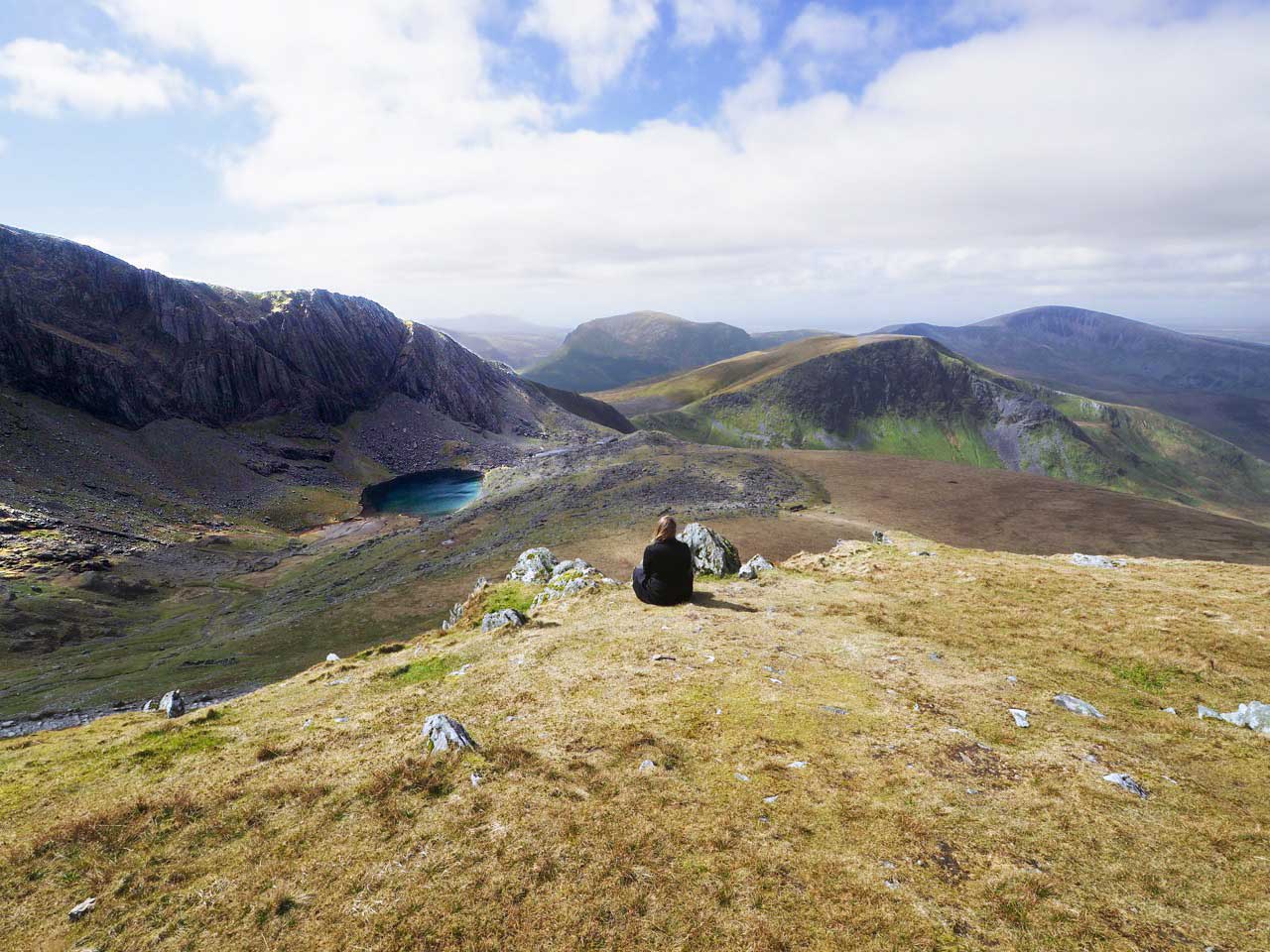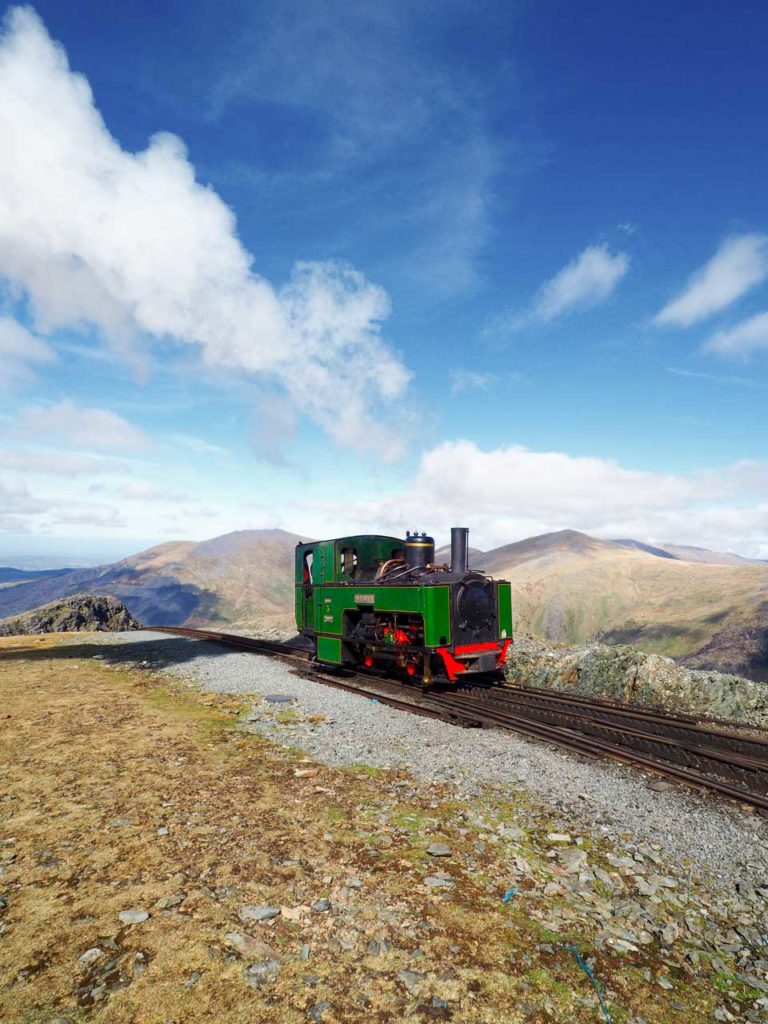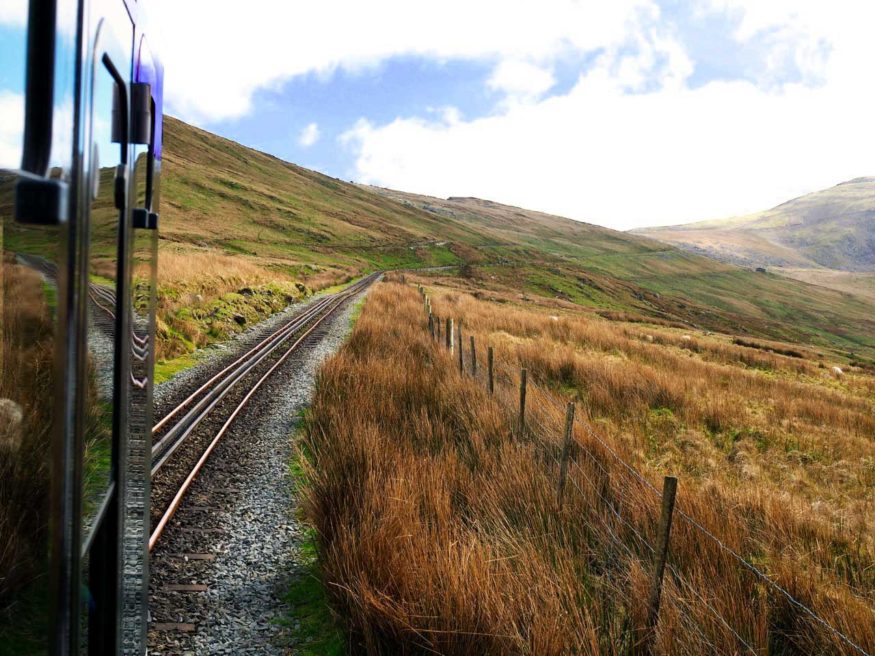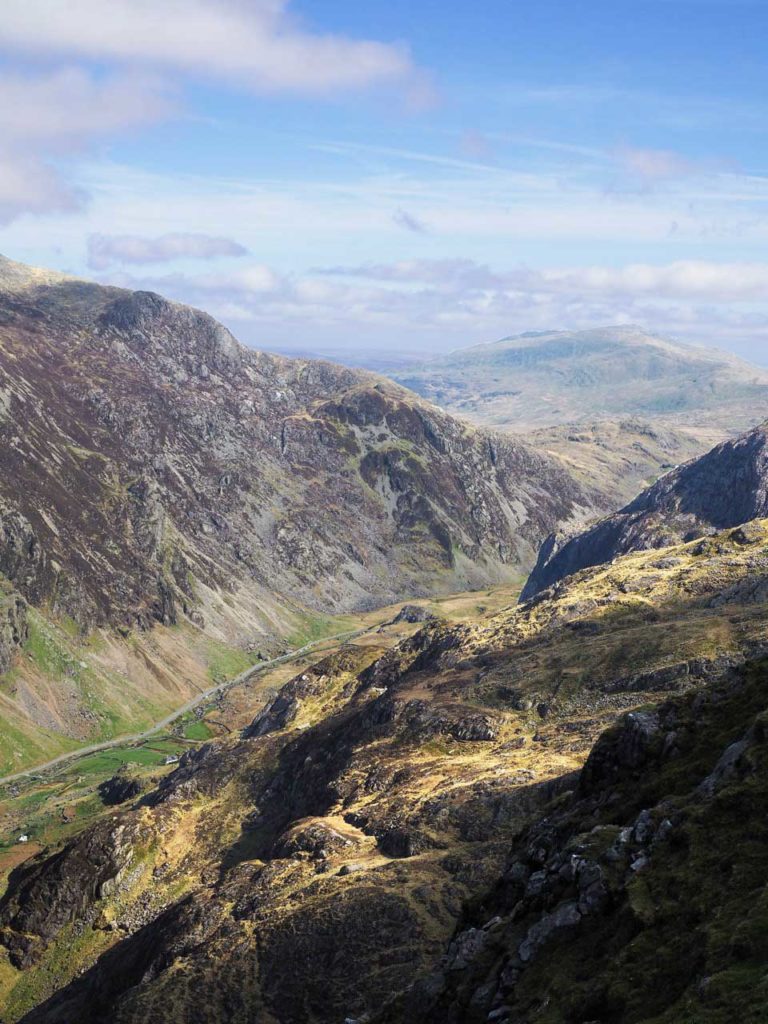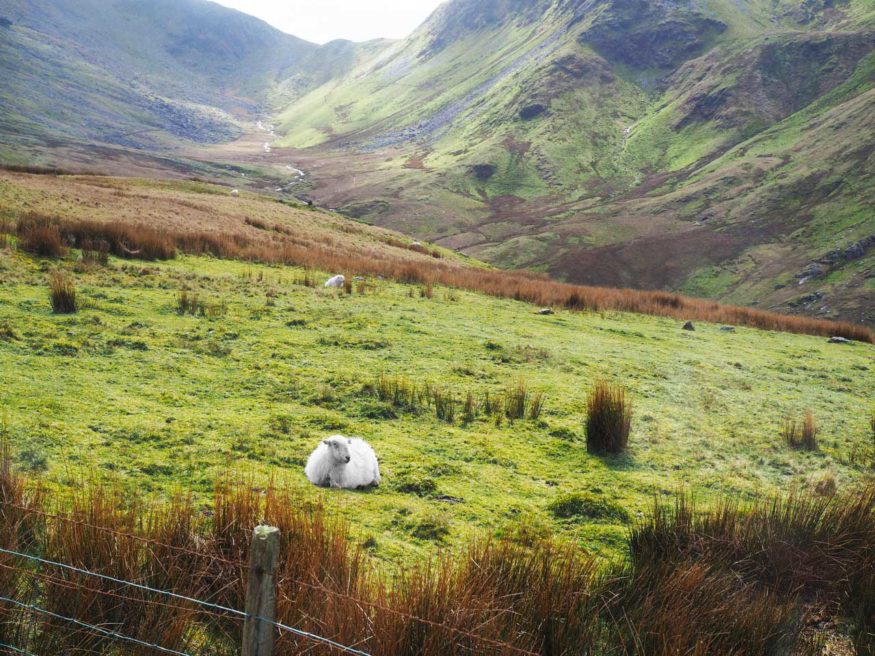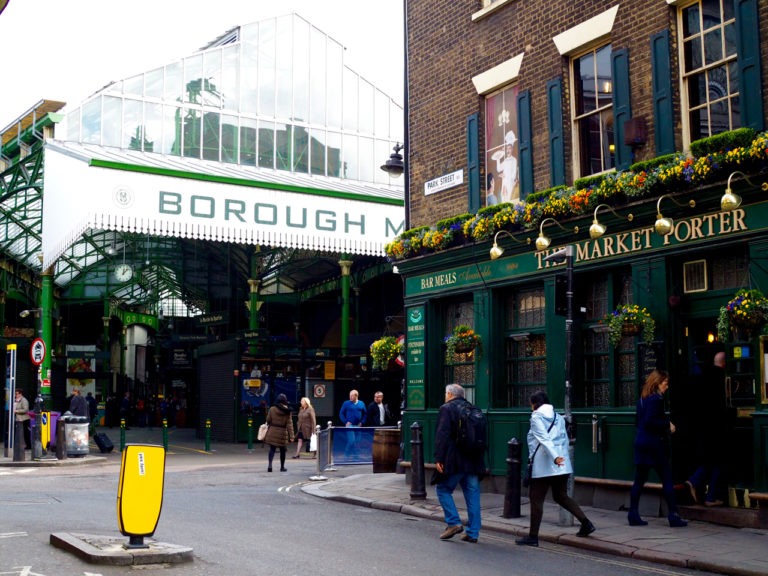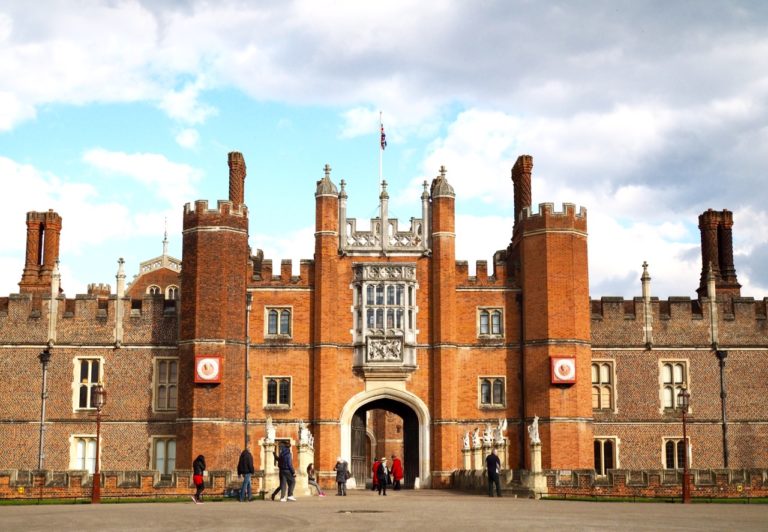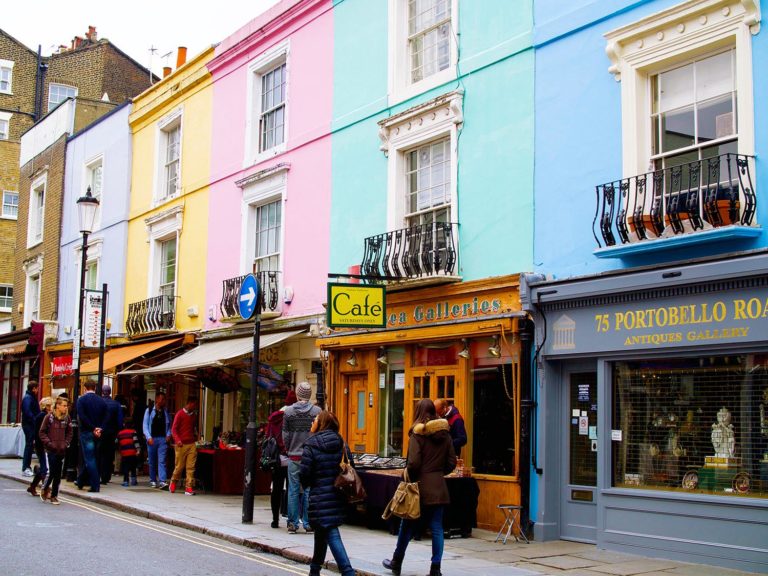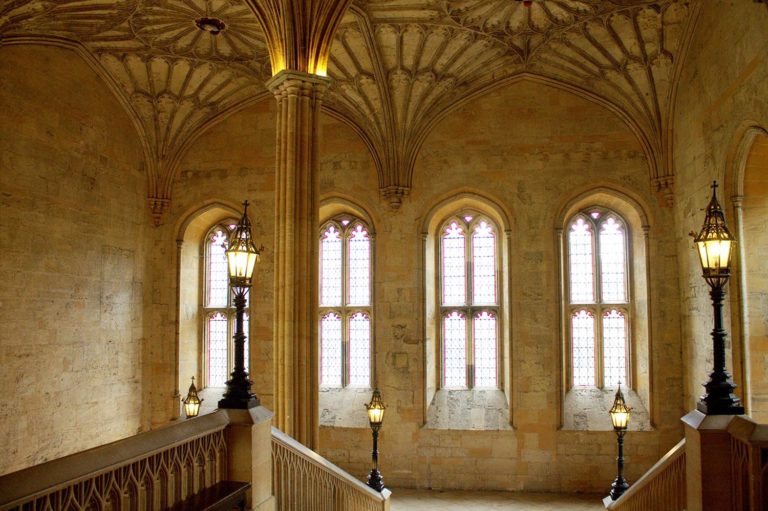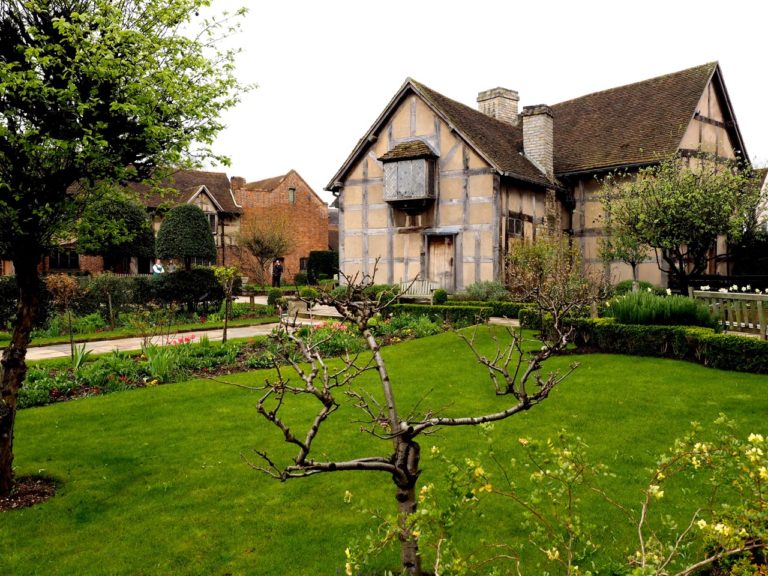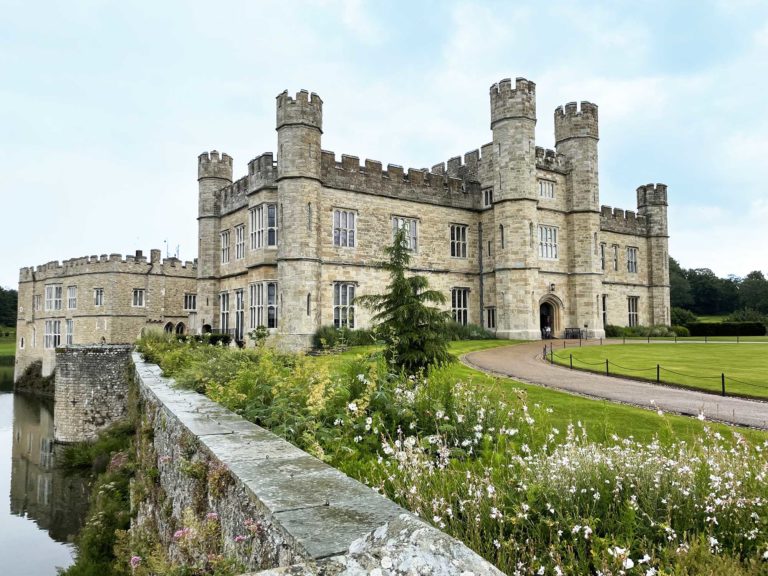The legend of King Arthur: the most significant locations in Wales and England
Very few kings and queens have a reputation so widely known as that of King Arthur. While tangible proofs of his life are unfortunately quite scarce — with many modern historians questioning whether he even existed at all — the legend is alive and well in the minds of almost anyone mildly interested in Camelot, round tables, Merlin, Excalibur and medieval Britain. In light of the release of King Arthur: Legend of the Sword movie which was extensively shot in Britain, I’ve compiled a list of signification King Arthur locations across Wales and England.
+
BRITAIN travel tips
Who was King Arthur?
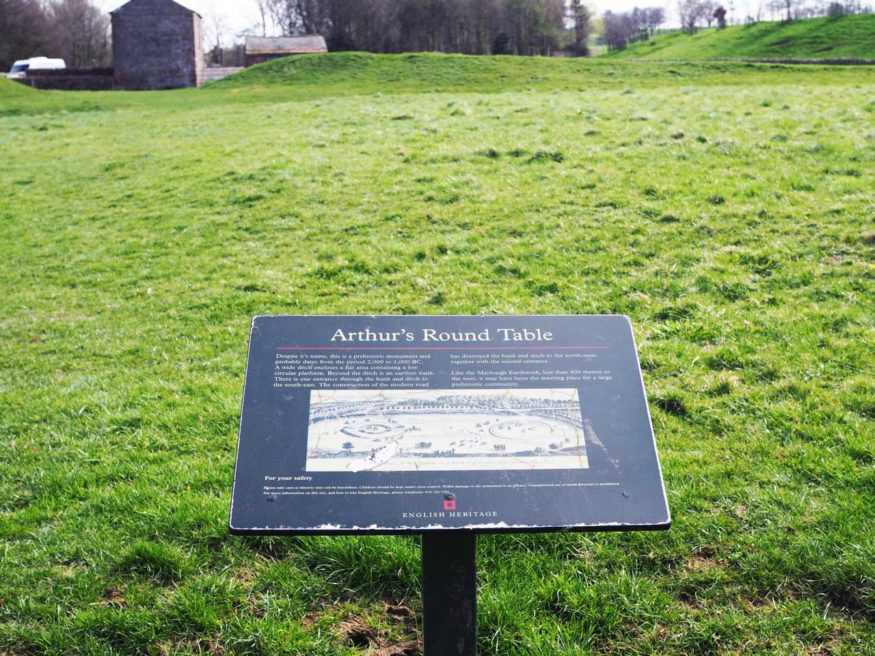
Surprisingly enough for someone of such notoriety, very little is known about the heroic Romano-British warrior chief. Aside, of course, from literary inventions and romanticised folklore tales gleaned and slightly embroidered from the Annales Cambriae and the Historia Brittonum. That’s not to say he’s entirely made up; a fearless warrior chief might have very well existed in early medieval Britain.
But the chances that he slew dragons and bloodthirsty giants — much less defeated — as a hobby are, from a rational standpoint, rather slim.
King Arthur is said to have led the defence of Britain against Saxon invaders in the early 700s. He established an empire over not only Britain but also Norway, Gaul, Iceland and Ireland, aided by his mystic sidekick Merlin, his knights of the round table and his beloved wife Guenievre.
It’s unclear whether he was Welsh or English as neither present-day countries were formally established at the time, but the first-ever references to the character were written in Welsh; and some 1500 odd years later, Arthurian legends are unequivocally stronger in Wales, still.
Mount Snowdon
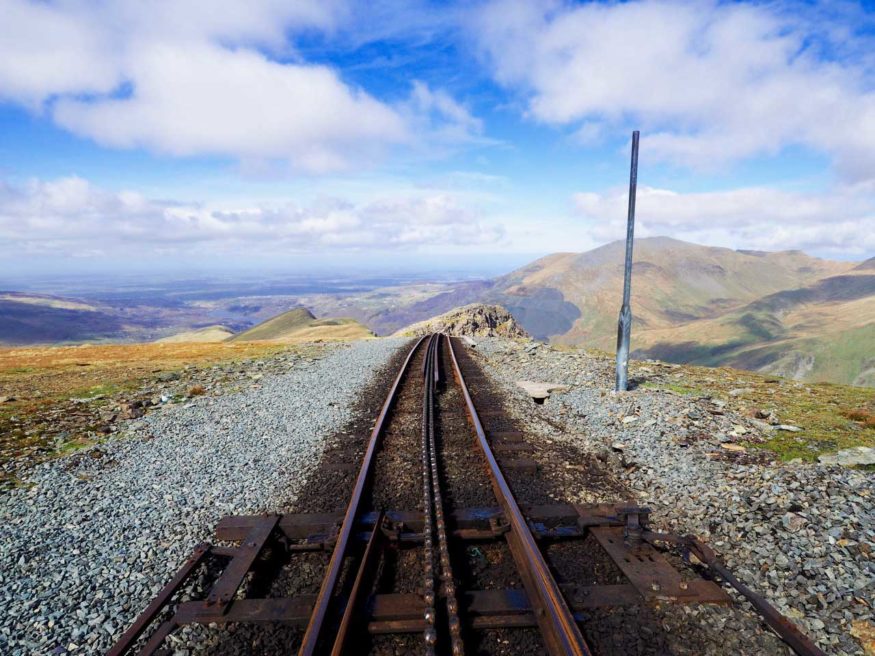
With its rocky outcrops and inexplicably mystical atmosphere, Mount Snowden is truly a gem. It’s no surprise Wales’ and England’s rooftop, at 1080 metres, is intrinsically associated with Arthurian legends!
The daring warrior reputedly fought and vanquished the mountain’s fearsome resident, a murderous giant named Rhitta. His dearest yet impossibly morbid project was to create a cape out of his enemies — basically anyone bold enough to pay him a visit — beards. Yet only one man was able to slay him: King Arthur. He hurriedly covered the corpse with massive boulders atop the mountain the giant once ruled. Legend says that Arthur’s knights, who unfortunately did not survive the battle, still sleep beneath the surface.
Make your way atop Mount Snowden to tread along the very location of perhaps the most famous Arthurian tale. Hike up the 1080 metres if you’re up to the physical challenge or get to Clogwyn with the historic Snowdon Railway.
+
wales travel tips
Caernarfon Castle
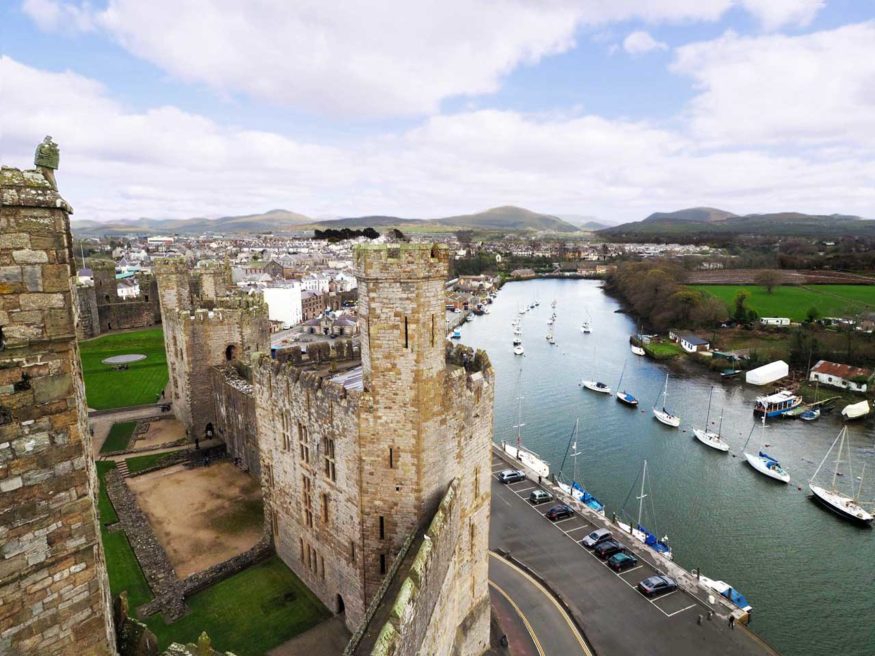
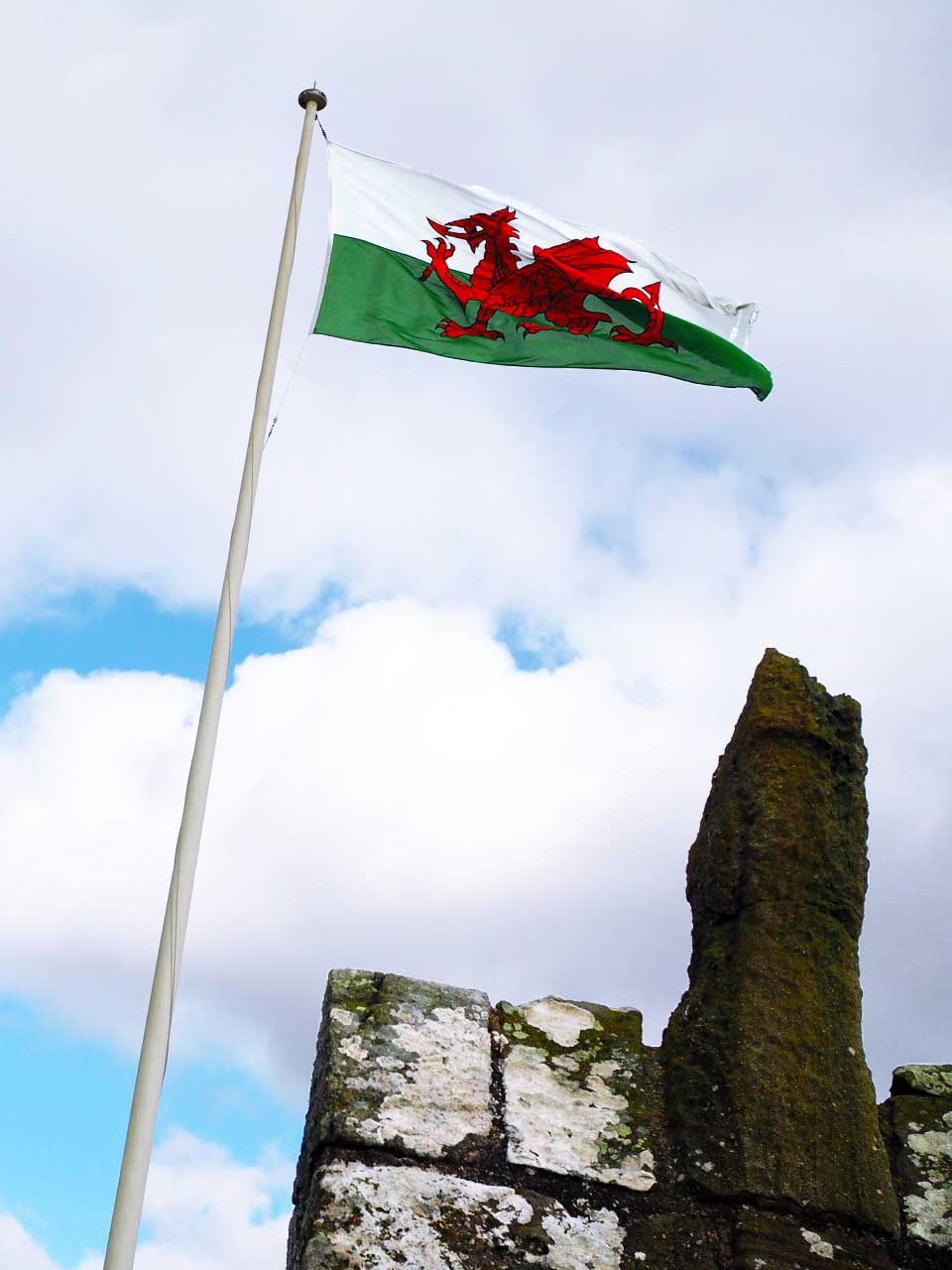
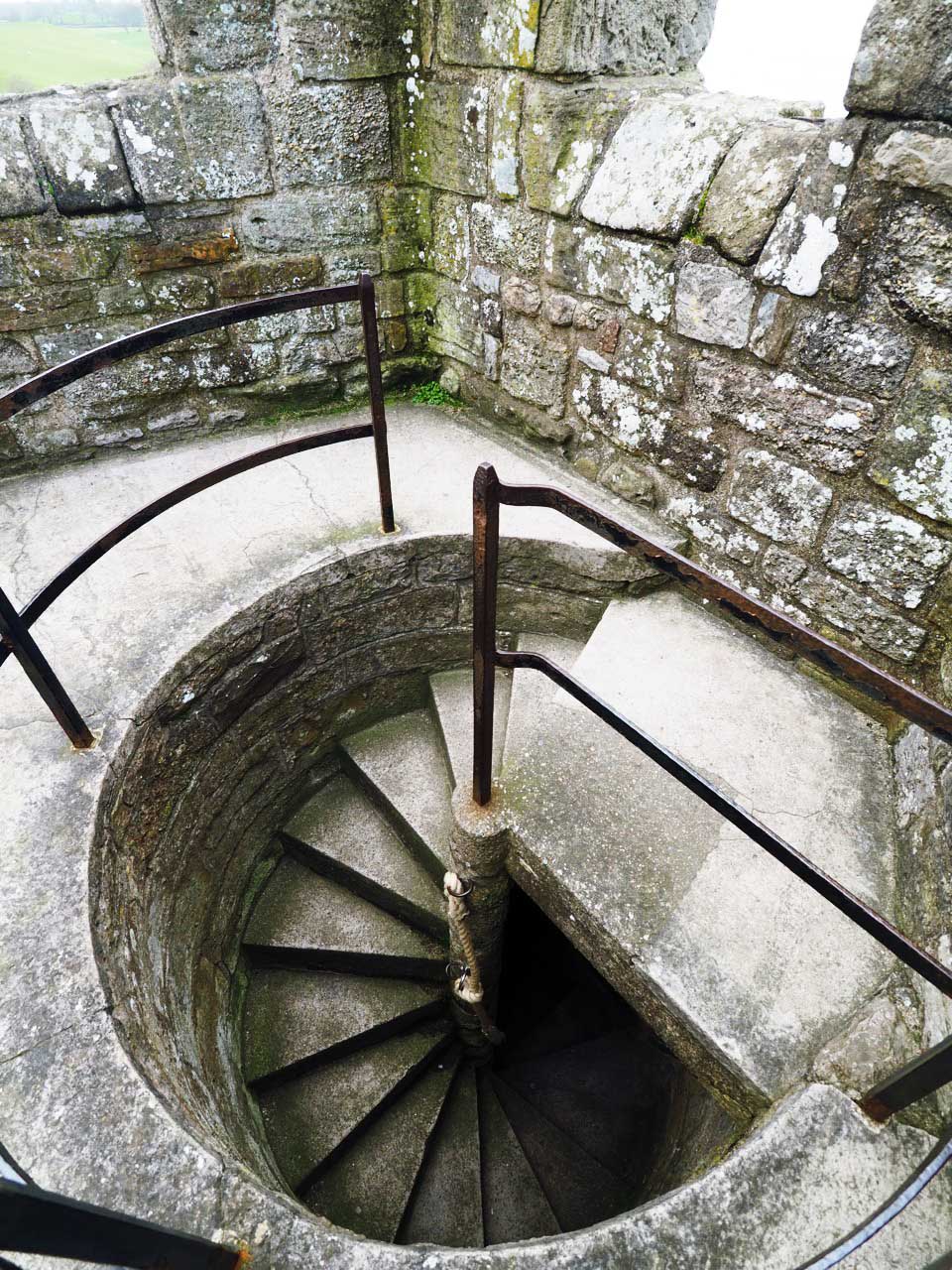
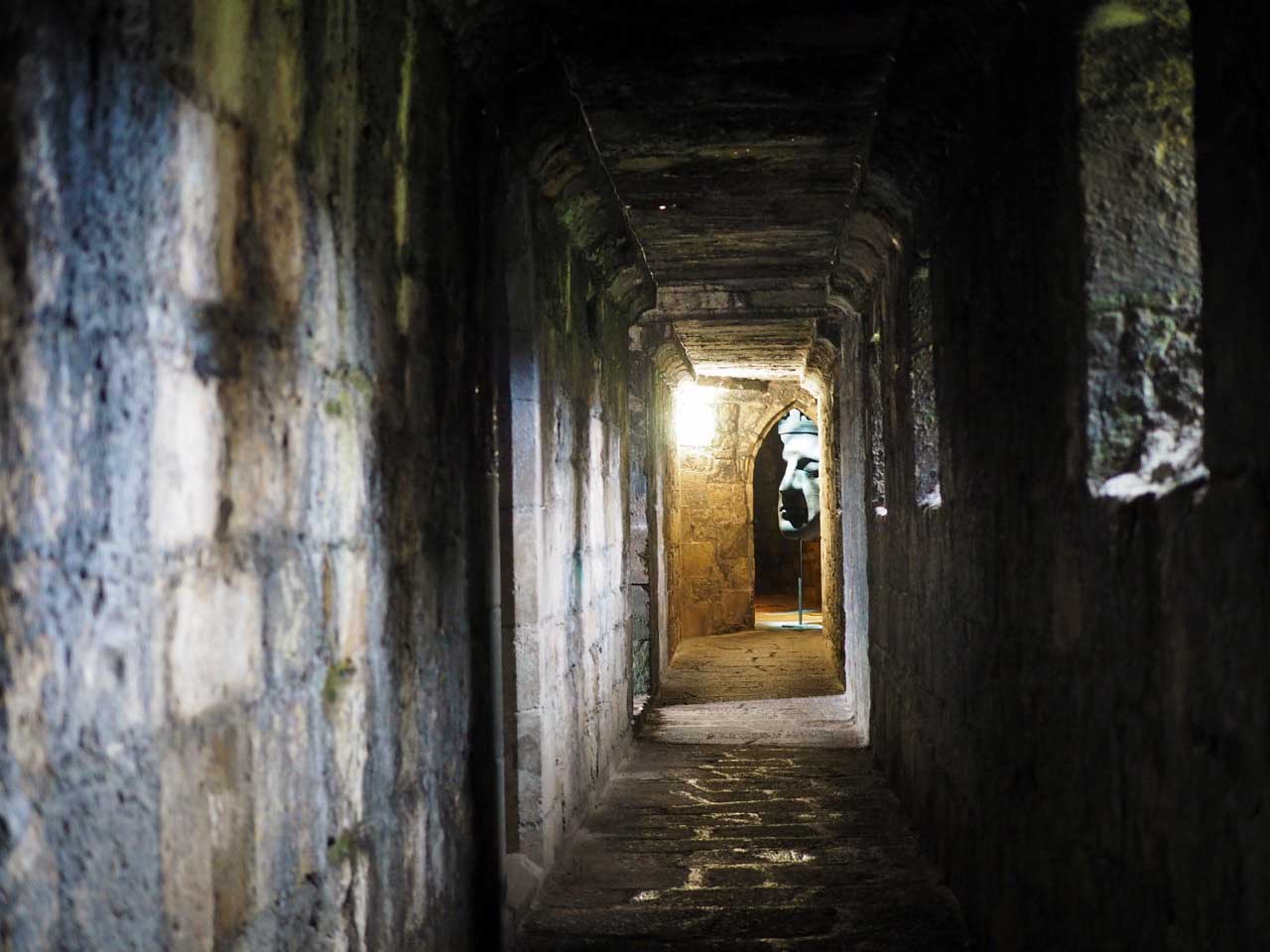
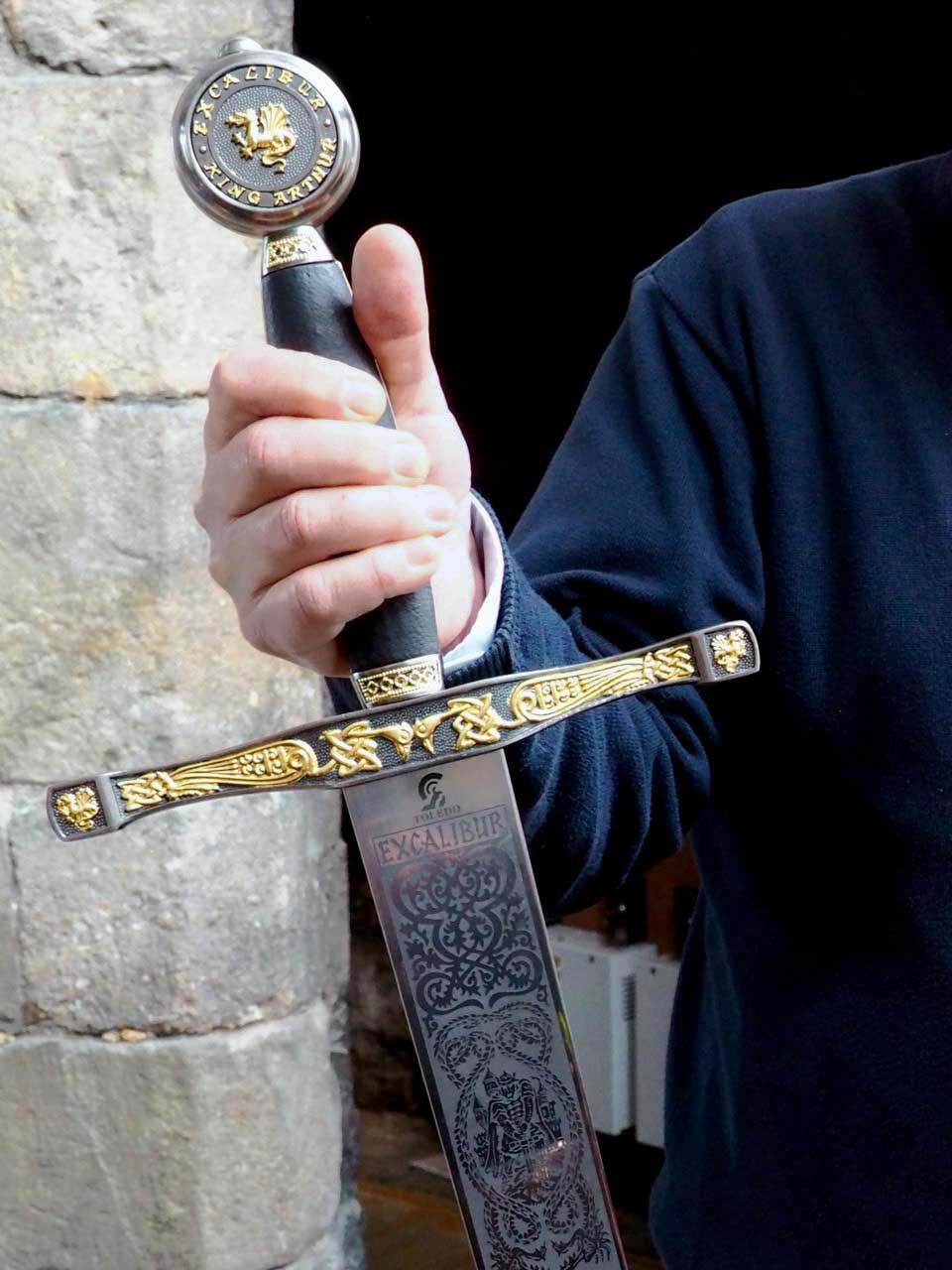
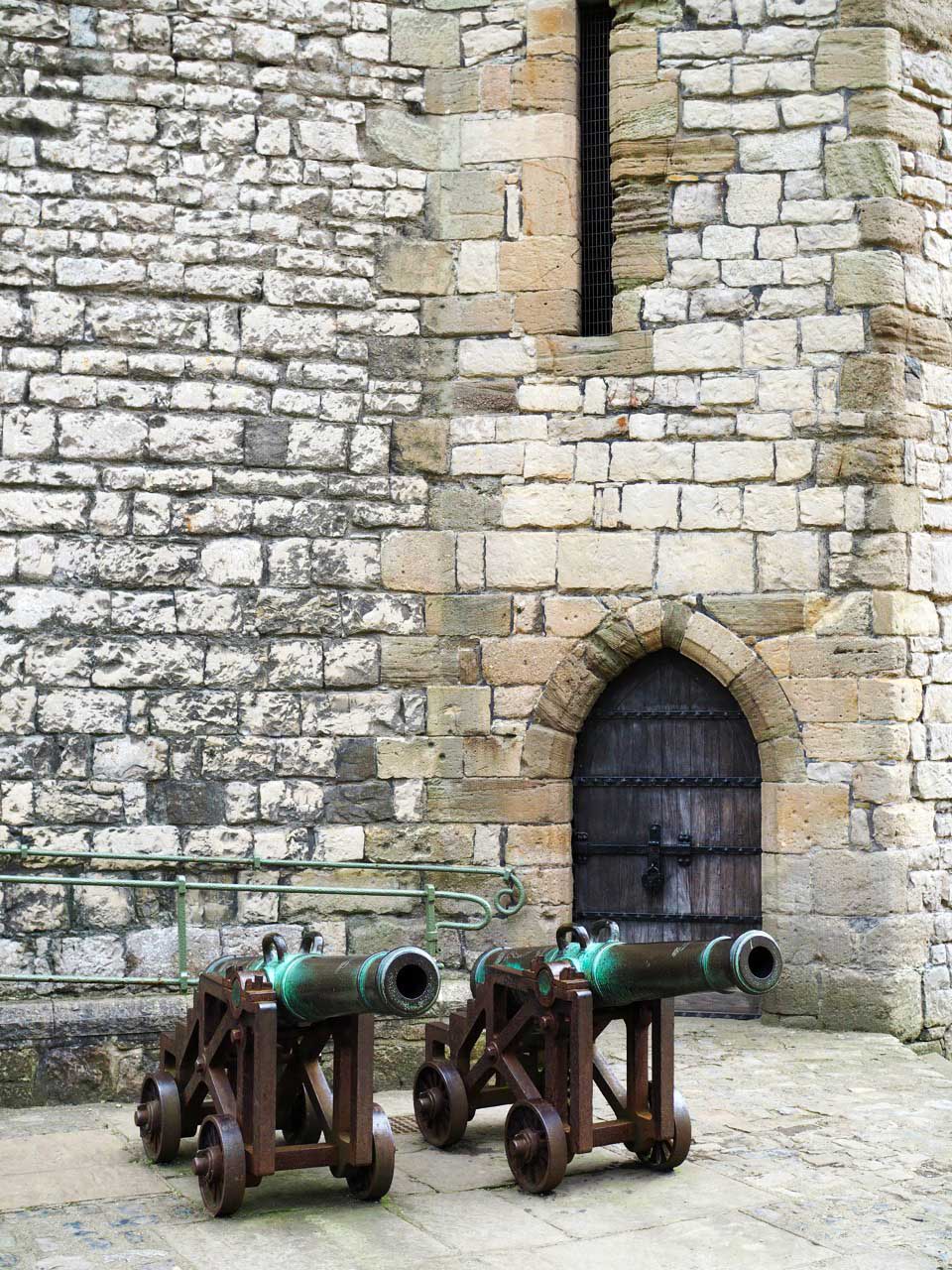
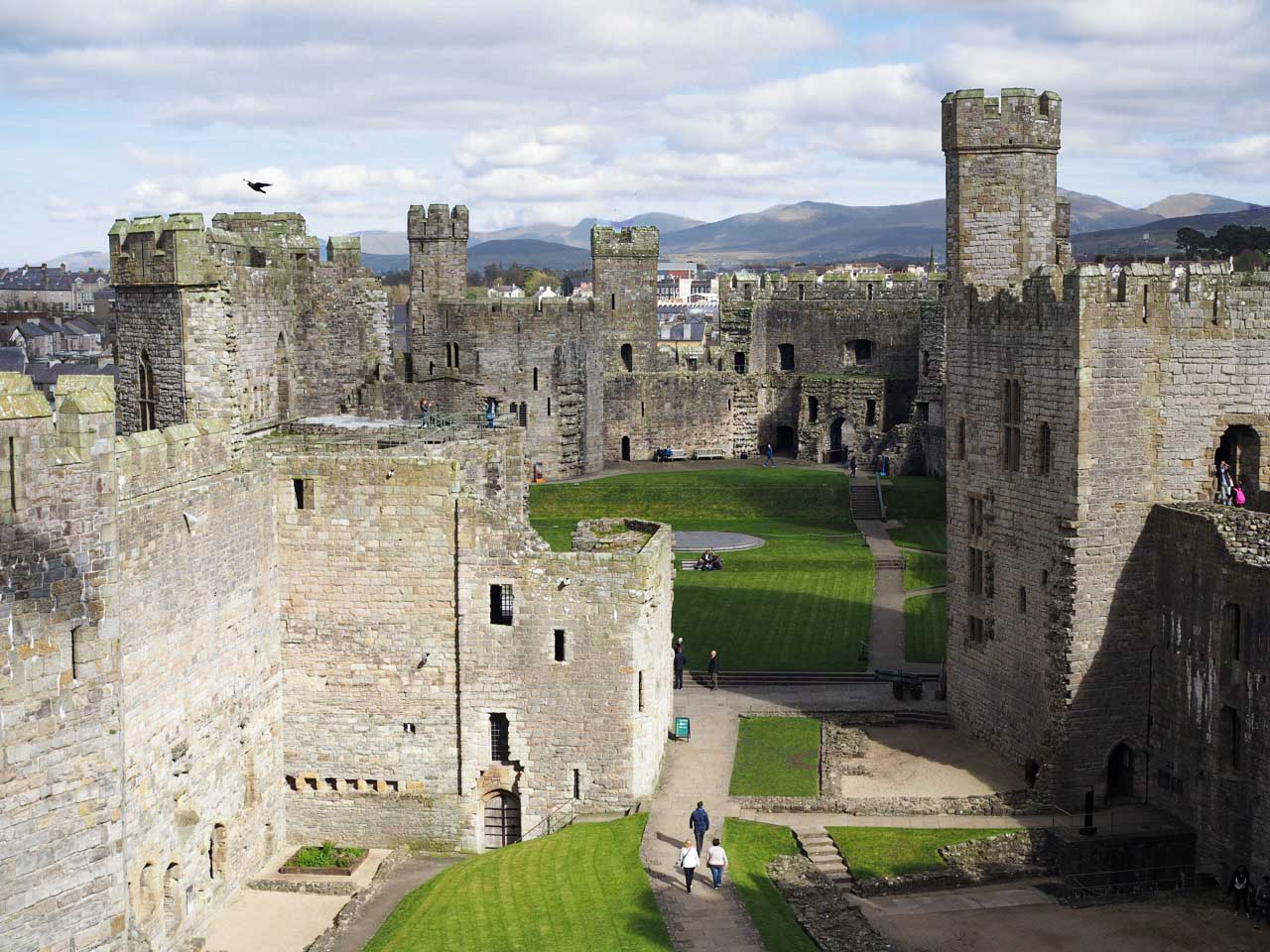
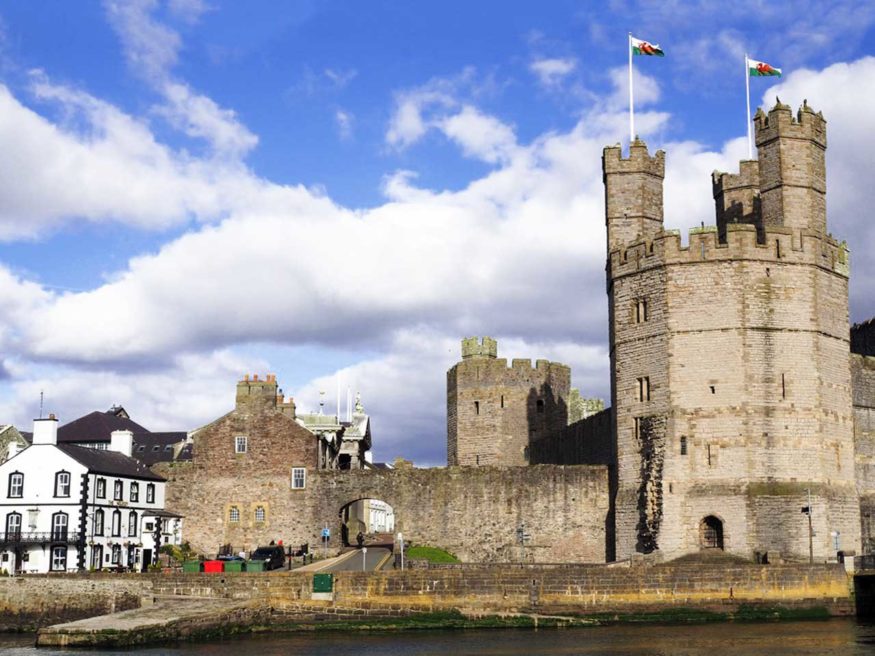
Rumour has it that King Edward I of England strongly believed in King Arthur; he even went as far as using the legend to strengthen his own claim to the throne at Caernarfon Castle. The fortress is built on the ruins of a Norman motte and bailey castle and, even before that, a Roman fort; it’s now a UNESCO World Heritage Site. And you would be right to think it looks like it means business, as this was Edward I’s whole point: to make Caernarfon Castle intimidating and pompous in order to scare off enemies.
Did you know? The Prince of Wales is, still to this day, the next-in-line to the throne of the United Kingdom because Edward I’s first son was born at Caernarfon Castle, making him the very first Prince of Wales. This is where investitures take place, including that of HRH Prince Charles.
+
BRITAIN travel tips
Dinas Emrys
Dinas Emrys is one of the most significant King Arthur locations in Wales. Why? For the sole reason that this is where the infamous meeting between Vortigern and a young wizard named Merlin took place.
See, the warlord fled to Wales to escape Anglo-Saxon invaders. For months on end, he had his men build a fortress only to find the masonry collapsed the next morning. Vortigern needed a culprit; a boy, whose real name was Myrddin Emrys, was procured but closely escaped death. The warlord had planned to sacrifice the boy in order to be rid the supernatural powers that prevented him from building a much-needed hillfort. However, Merlin’s wit prevailed; he promptly recognised the source of the unrest, claiming it was a hidden underground pool where the White Dragon of the Saxons and the Welsh Red Dragon were engaged in an epic battle.
The red dragon won and is now Wales’ national symbol.
Nant Gwynant Pass
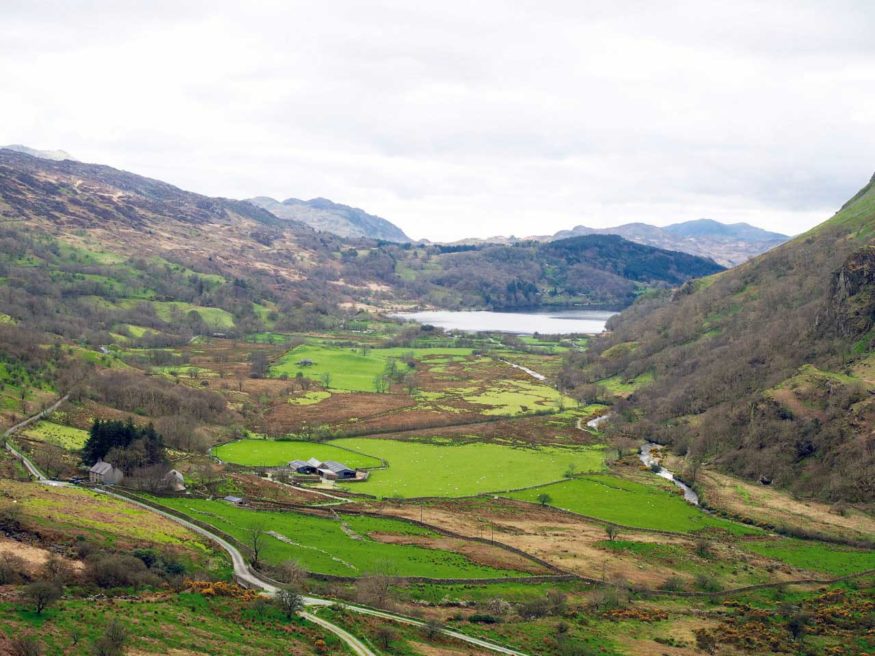
Overlooking Llyn Gwynant 600 feet above, this panoramic point off the A498 deep in the mountains of Snowdonia is one of the most pivotal King Arthur locations in the Legend of the Sword. It truly is a spectacular and very special place! It offers unparalleled views of remarkable Snowdonia landscapes shaped by glaciations thousands of years ago.
Llydaw, Dinas and Ogwen Lakes
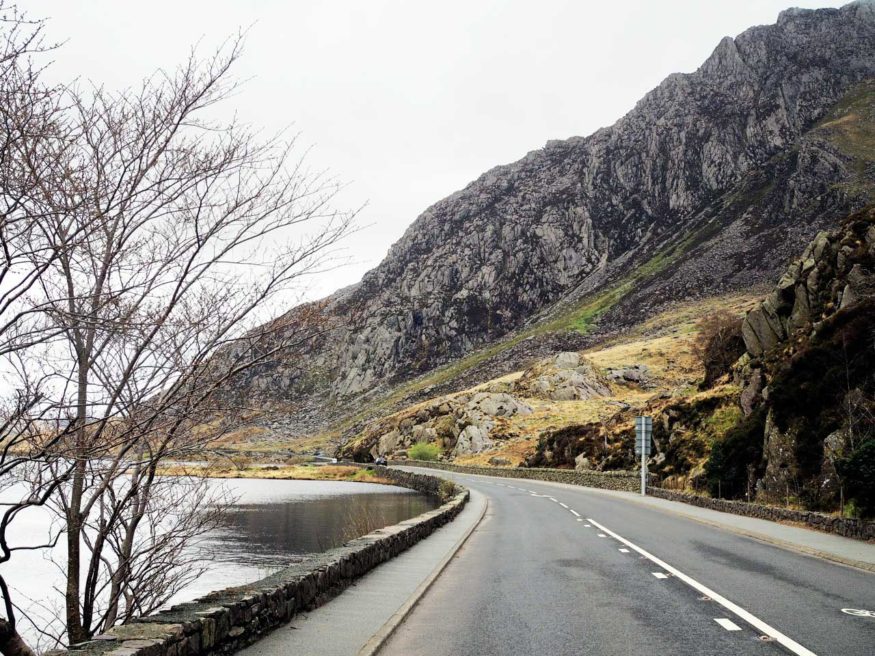
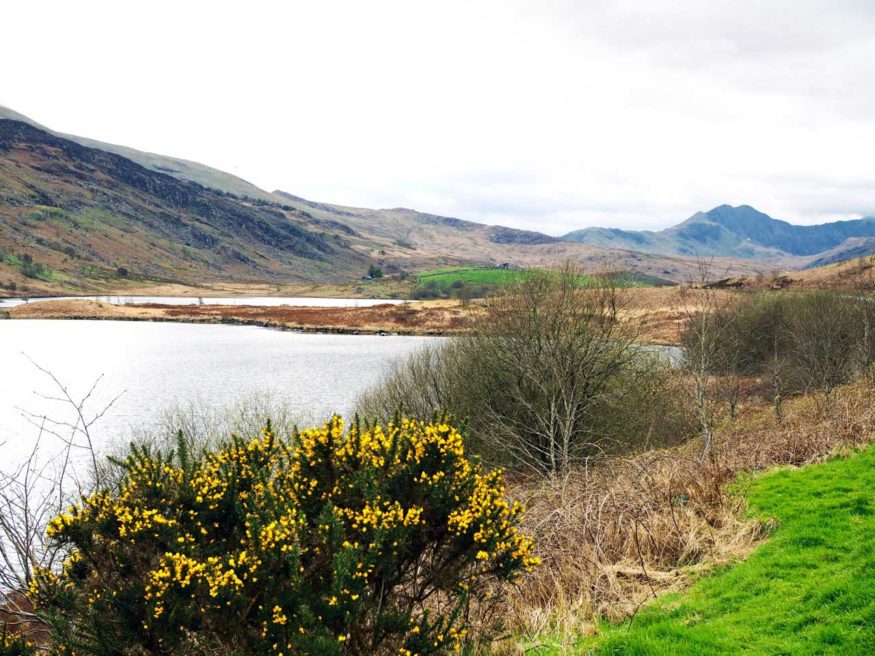
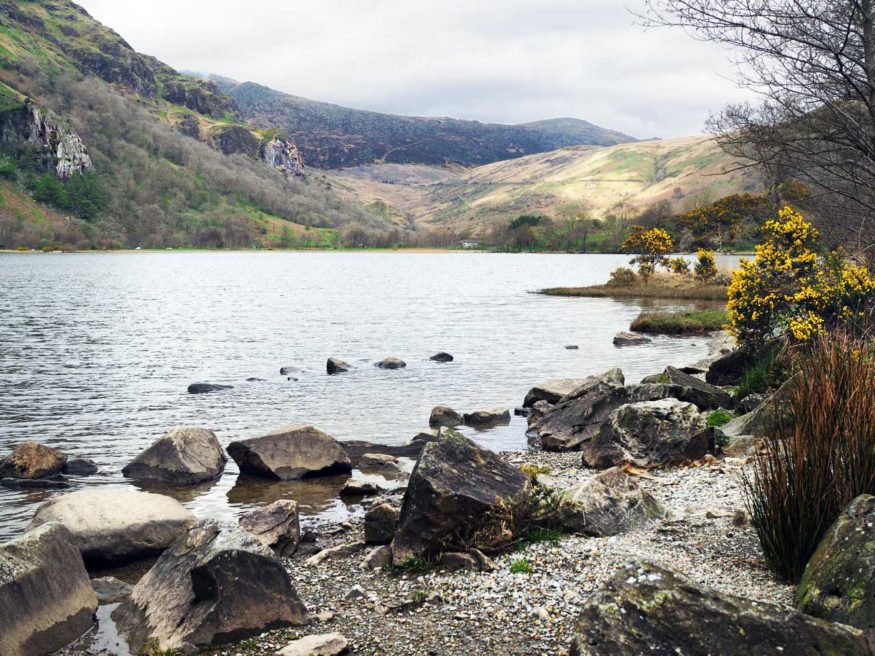
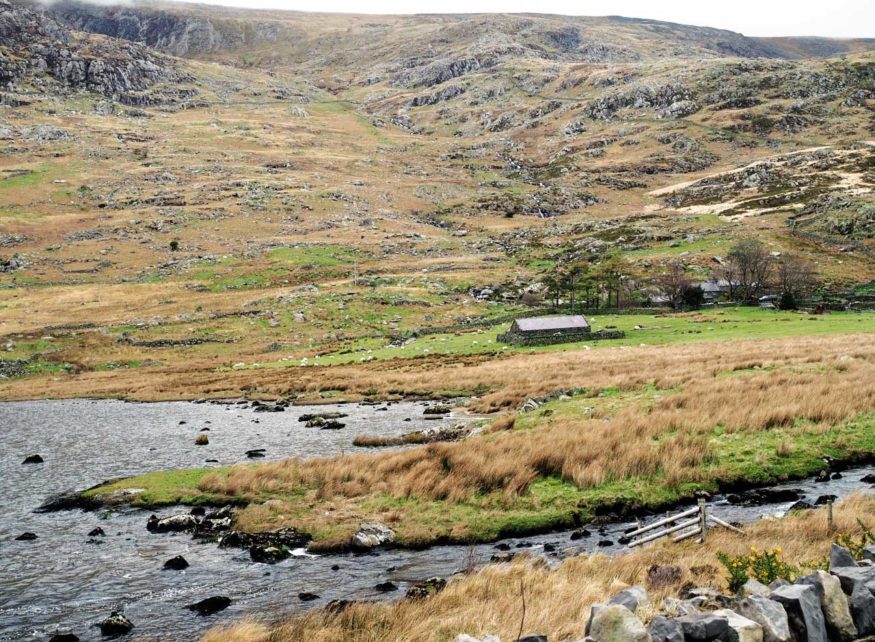
Although no one can pretend to know the precise resting place of Excalibur, Arthur’s legendary sword, it’s always been said that it’s hidden somewhere deep in the lakes of Snowdonia.
Lakes Llydaw, Dinas and Ogwen are the most obvious contenders — one of them has got to be the right one! Plus, they’re all quite close to each other. Consequently, it’s very doable to see all of them on the same day and analyse the likeliness of the mystical sword resting at the bottom. The lakes are rather widely featured throughout the movie.
Betws Y Coed
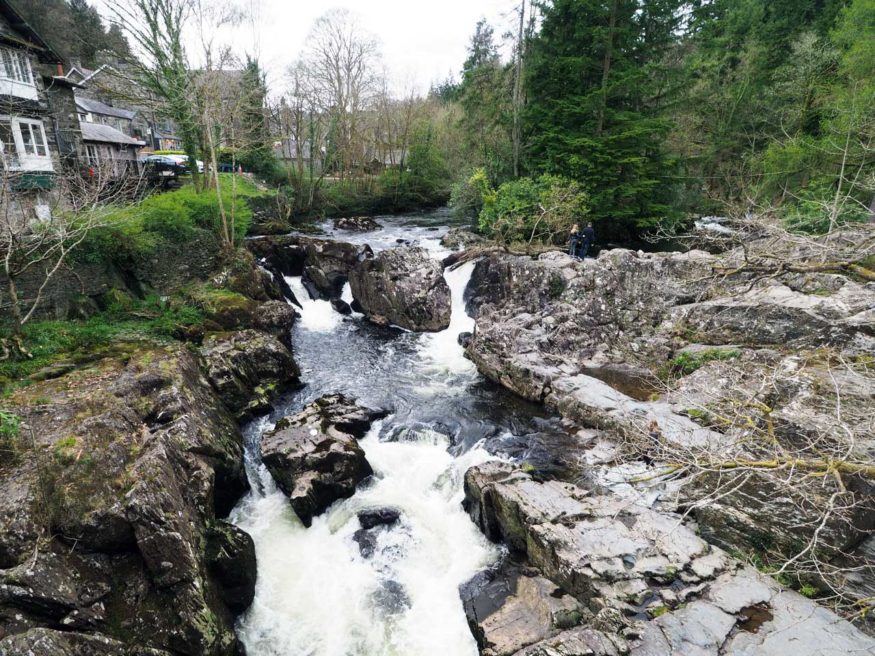
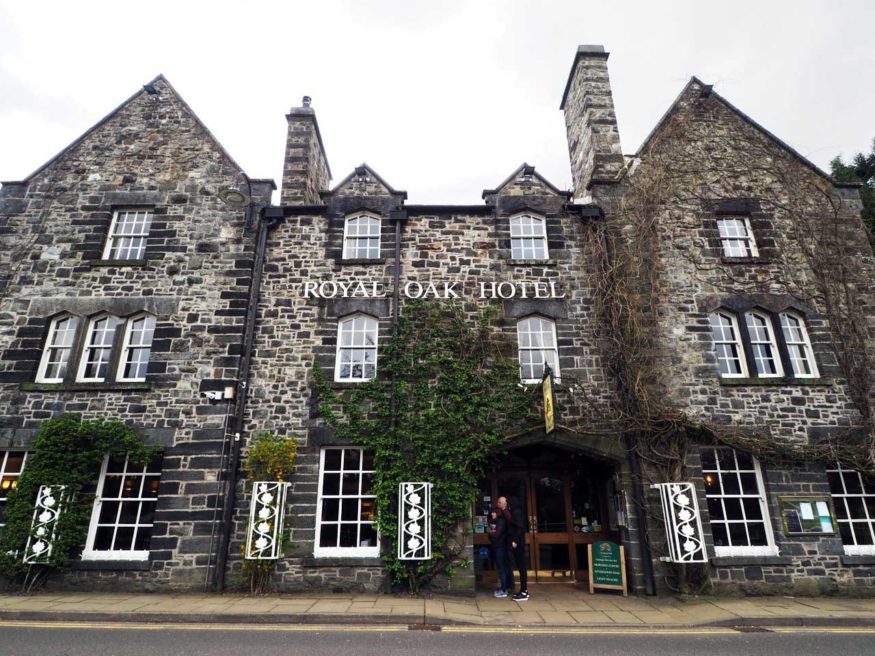
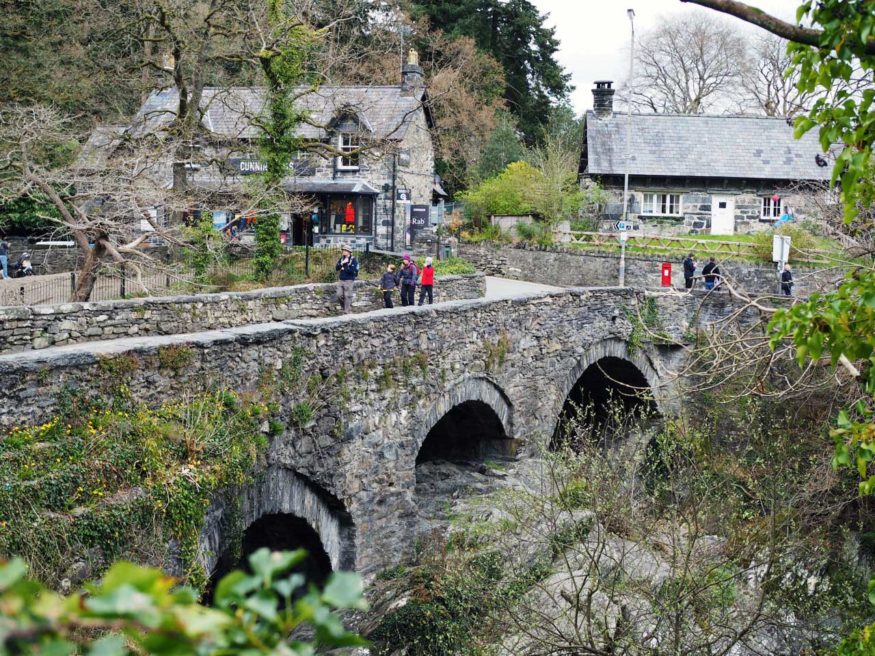
This is where the cast and crew of King Arthur: Legend of the Sword movie stayed during filming.
In addition to being one of the most beautiful villages in Wales, Betws Y Coed is historically rather significant. Firstly, as the main coaching centre between eastern and western Wales. Secondly, as a major stop along the Irish mail route from London. Do not miss the beautiful Pont-y-Pair Bridge and River Llugwy! Betws Y Coed, the gateway to Snowdonia, is a great base for exploring Northern Wales.
+
england travel tips
Maen Huail, Ruthin
This is a blink-and-you’ll-miss-it kind of Arthurian attraction! But it’s well worth a visit nonetheless, if only for an overnight at the village’s Ruthin Castle. The limestone block that sits right next to Barclays Bank in the town centre is said to be the very stone on which King Arthur beheaded his rival Huail. You see, the young warrior had the fatal idea to raid Arthur’s lands and nick one of his mistresses, resulting in his inevitable death.
Llanberis
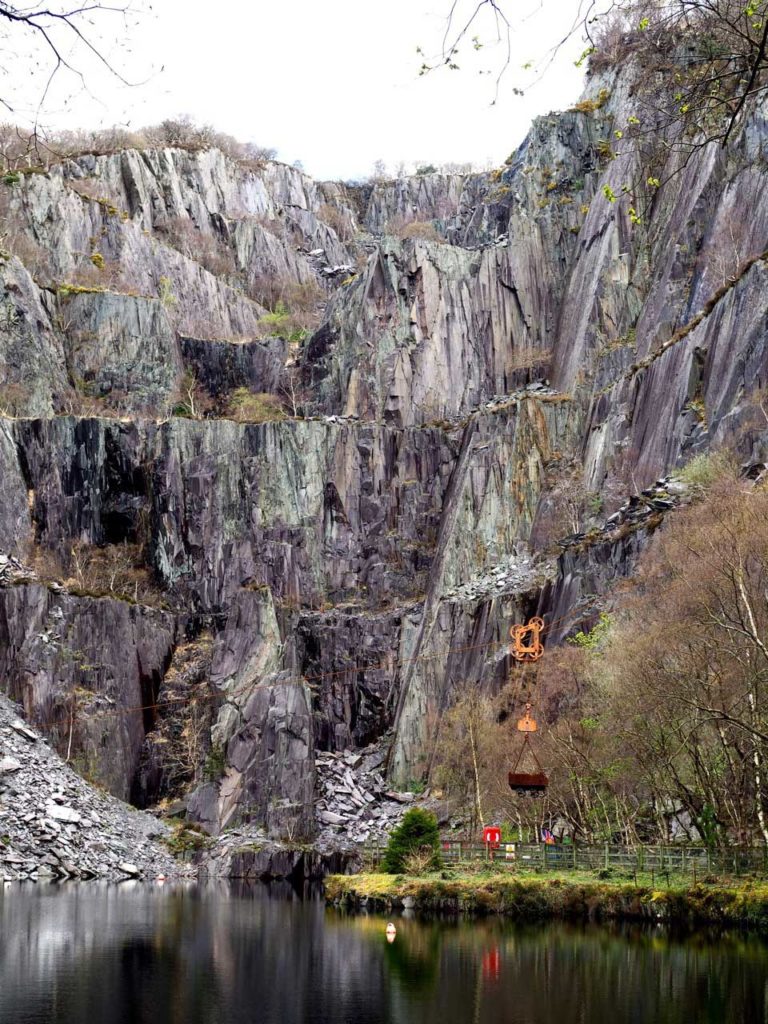
The second largest slate quarry in Wales was most recently used to film a scene in the King Arthur: Legend of the Sword movie. The king is seen jumping off a dizzying cliff in the Dinorwic Quarry into the dark waters of the lake below. These are the coordinates.
If you’re an avid scuba diver, know that the lake is so deep that it’s now one of Wales’ top diving centres.
Ullswater
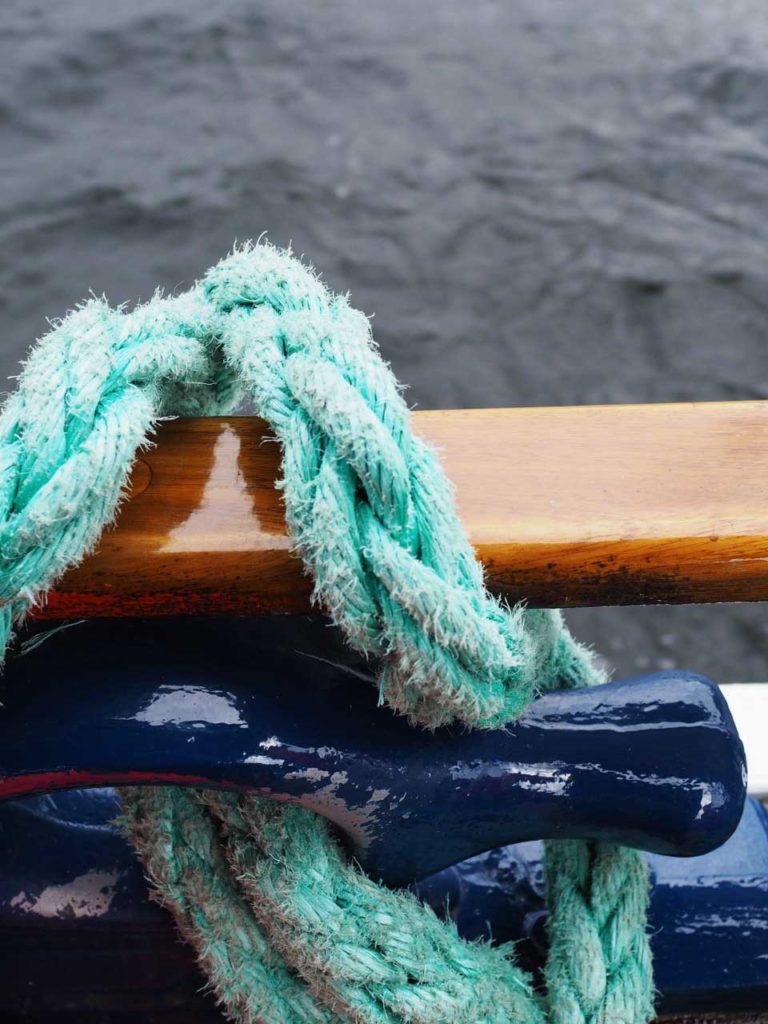
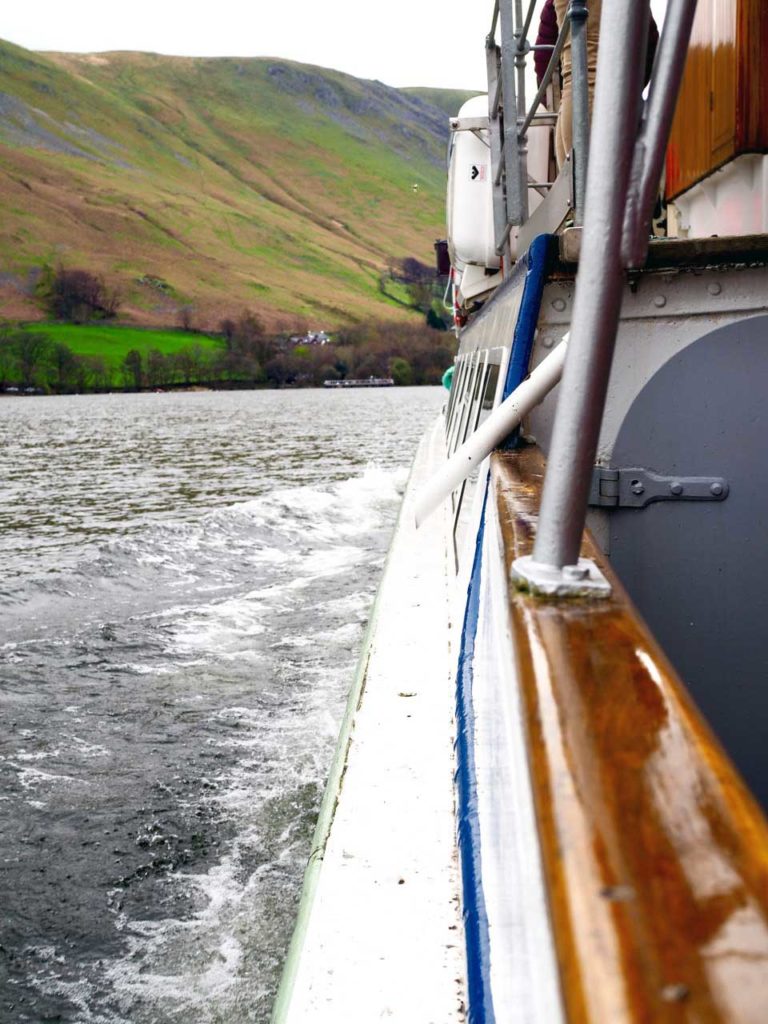
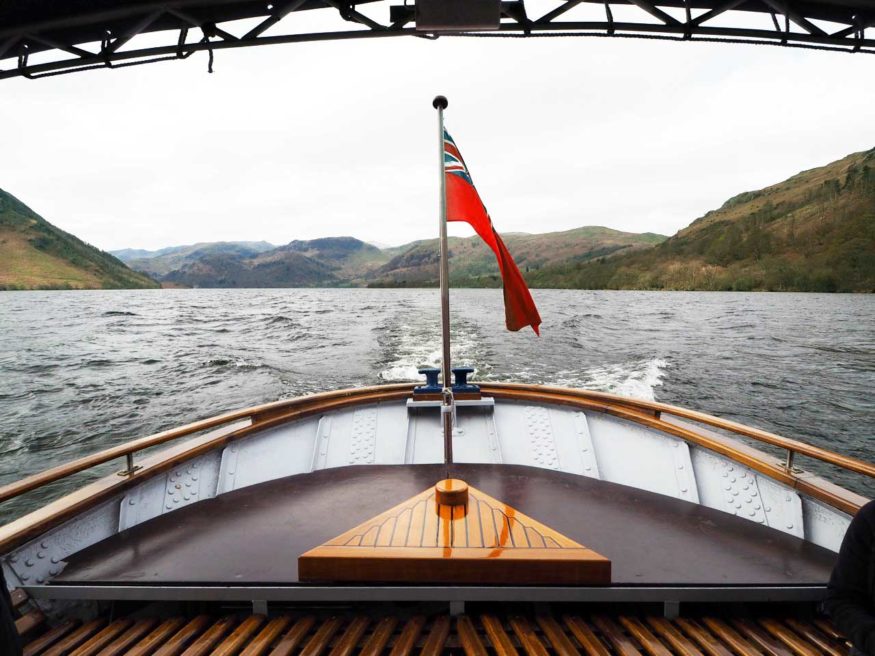
Moving on from Wales to northern England’s Dark Lake, where Arthurian legends are also quite vivid. A cruise on mythical Ullswater Lake aboard a centennial steamer — one of the oldest working passenger vessels in the world. Nearby Dunmallard Hill at Pooley Bridge is believed to be the burial mound of Sir Tristian, one of the Knights of the Round Table.
Additionally, another noble Knight of the Round Table named Sir Eglamore lived at the ancient castle of Baron Lyulph nearby. The boat even has a King Arthur app highlighting the stories and myths in each location.
King Arthur’s Round Table
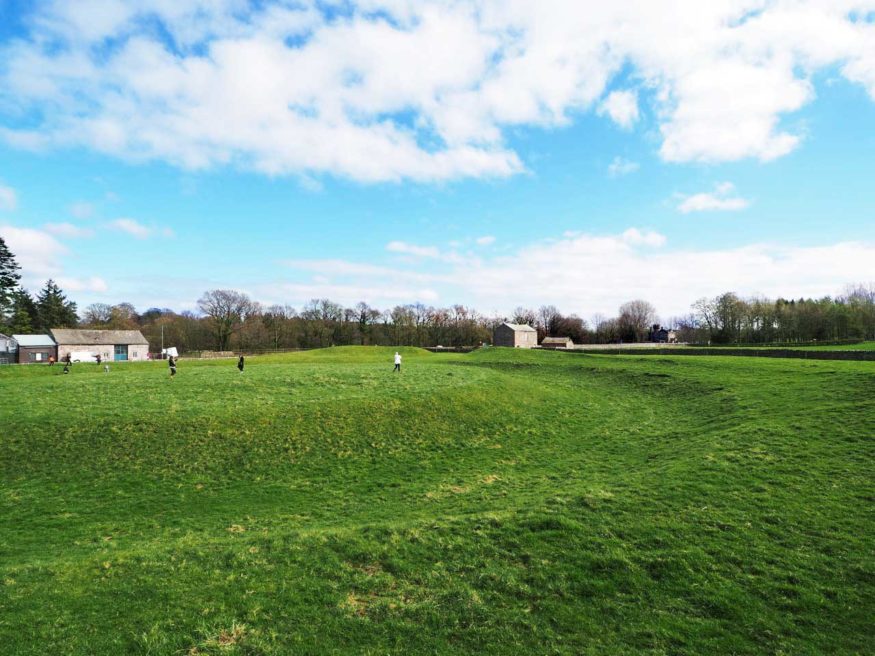
Turns out that King Arthur’s round table isn’t an actual table with chairs and a pendant light. In reality, it’s a Neolithic earthwork henge dating back 4000 years. It’s believed to be King Arthur’s jousting arena, consisting of a low circular platform surrounded by a wide ditch.
Although the exact purpose of this henge remains unknown, legend supposes that this is where King Arthur met with regional rulers to trade and talk politics.
+
BRITAIN travel tips
Carlisle Castle
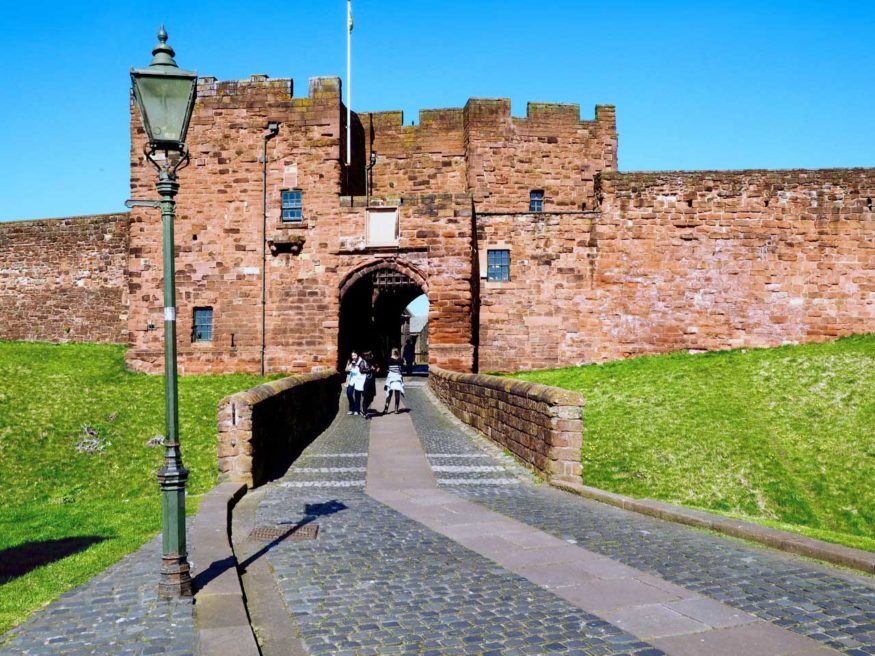
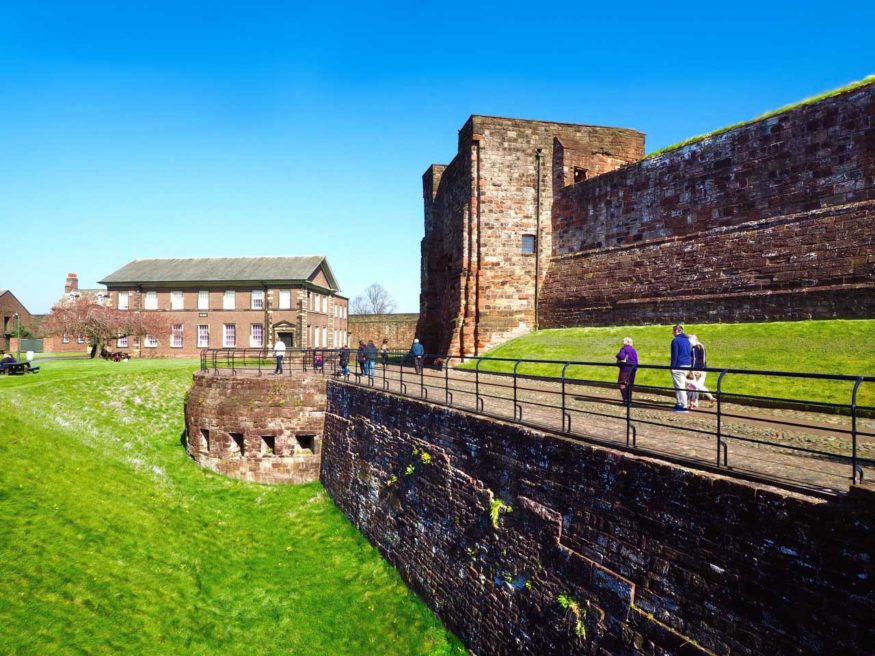
Welcome to the original Camelot! Or, at least, what is said to be Camelot. Indeed, Carlisle Castle is rumoured to be the location of King Arthur’s headquarters, with both him and his advisor Merlin making great use of the Roman fortifications. Camelot is the place where Arthur and Guenievre were married and lived.
Whether or not you believe in the Arthurian legends doesn’t matter. Carlisle Castle is fascinating in its own right! William Rufus built it in 1092; it later on served as a prison for the infamous Mary, Queen of Scots’. And given the proximity of Carlisle to the Anglo-Scottish border, it’s also the most sieged castle in England.

